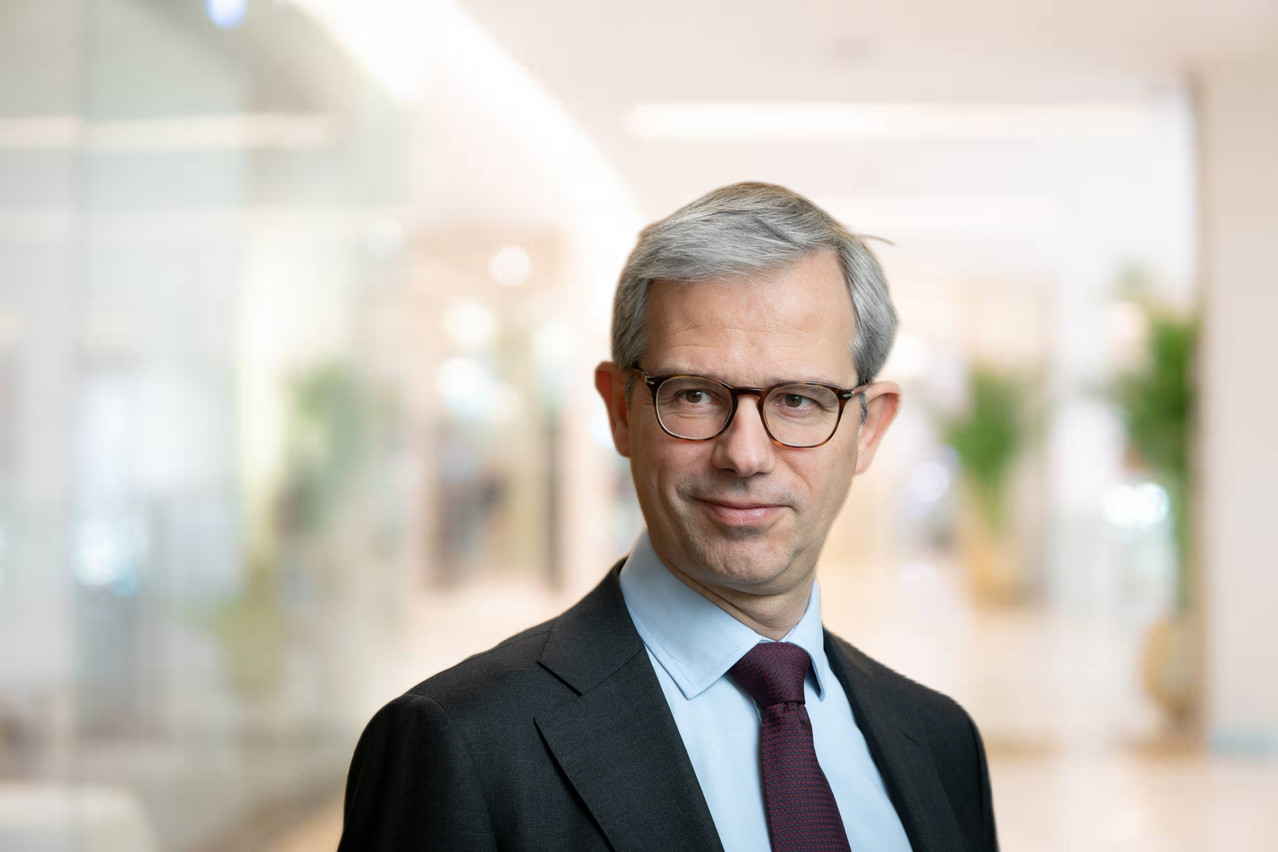For alternative asset managers, ELTIF 2.0 opens up new opportunities. Paolo Brignardello of FundsDLT points out that by embracing a digital approach, managers can transcend traditional limitations and offer sophisticated yet accessible products.
The revised European Long-Term Investment Fund (ELTIF 2.0) entered into application on 10 January. ELTIF 2.0 aims, among other things, to offer lighter requirements than the previous regime and so make such funds more attractive to asset managers, distributors, and investors. However, with a possible growth in retail investors, or at least increased retail distributor activity, in the alternatives space a few challenges arise.
Alternative asset managers who wish to take advantage of ELTIF 2.0 may be unfamiliar with retail distribution and the changes that this may bring to operational processes and relationship management. Alternative managers will need to create effective distribution channels and establish the necessary (regulated) processes or collaborate with existing and experienced distributors to smoothly onboard retail investors in their next-gen ELTIFs.
A distribution blueprint for ELTIFs
What is now needed is a new model that does not replicate or import the redundancies, parallel data maintenance or manual intervention that are seen in “traditional’ fund distribution. This model emphasizes digitization and automation in fund distribution, integrating advanced digital strategies for a more efficient and cost-effective process.
The focus can therefore shift to D2C and digital transfer agent (TA) solutions that are about streamlining fund distribution via digital avenues. Such a model incorporates end-to-end digital pathways for seamless investor interactions.
This model excels in processing efficiency, handling commissions, and withholding taxes with precision, and reducing administrative overhead. An important feature is the real-time digital reporting capability, which offers asset managers, and distributors, access to essential data for decision-making and strategy formulation.
An integrated distribution ecosystem
Interoperability between all actors in the distribution chain should be at the forefront, with integration of automated KYC solutions, fund data provision, payment processing, and investor-facing interfaces. This interconnected framework fosters a collaborative ecosystem where distributors and transfer agents can work synergistically, maximizing the potential scalability and broadening investor reach.
In this context, we see two approaches: harnessing the potential of D2C strategies and enhancing digital integration with distributors. The second approach is predominantly realized through API-driven partnerships, Additionally, a fully digital transfer agent can come into play under this model. This is not a replacement of one system for another and can allow fund actors to continue using current operators. So, for example, an asset manager can preserve flows with existing distributors that are using legacy systems while simultaneously allowing them to plug in the digital TA for use in specific cases.
It is still early days for ELTIF 2.0 and notably the regulatory technical standards (RTS) of ESMA, which contain important points on redemptions, matching mechanisms, and liquidity management, are still in draft stage.
However, by starting from a fresh model of the fundamental processes of fund distribution like this will enable new business to emerge and come to fruition. It also underscores a commitment to operational excellence, regulatory adherence, and enhanced investor servicing, setting a benchmark for the modernization of fund distribution in the alternative investment sector.
This article first appeared in Delano



